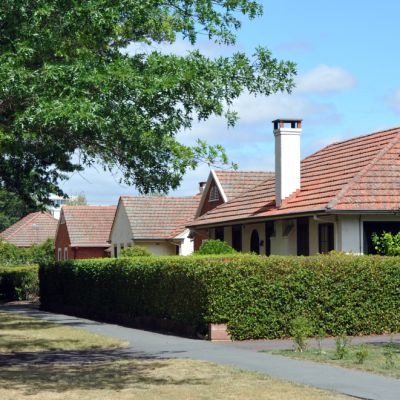ACT records highest increase in home loans in the nation: REIA report

The ACT recorded the highest increase in the number of new dwelling loans in Australia over the December 2019 quarter, according to the latest Real Estate Institute of Australia Affordability Report.
In the three months to December 2019, the number of home loans in the ACT jumped to 2333, up 17.6 per cent over the quarter, but a decrease of 13.8 per cent compared to the previous year.
The average loan size increased to $477,411, up 7.6 per cent quarter-on-quarter and 9.8 per cent year-on-year.
REIA president Adrian Kelly attributed ACT’s high loan numbers to the capital’s “constant growth rate and high employment rates”.
“Due to the federal election in 2019, the ACT market remained subdued until early September 2019. It has now had a robust start to 2020 with significant increases of activity in all suburbs,” he says.
“We expect to see continued increases in demand for property strengthened by low-interest rates and the constant influx of professional service providers into the ACT.”
The data also showed the number of loans to first-home buyers increased to 750, a 21.8 per cent quarterly jump and a 6.4 per cent yearly increase, with the average first-home buyer loan also increasing over the quarter by 4 per cent to $427,867 — a 19.8 per cent rise year-on-year.
ACT first-home buyers represented 2.5 per cent of all first-home buyers across the country, while the proportion of first-home buyers in the capital’s owner-occupier market was 32.1 per cent.
Kelly noted that the ACT government’s stamp duty abolition that came into effect on July 1, 2019, and the federal government’s first-home buyer scheme has “resulted in increased first-home buyer activity”.
The report also found that both housing and rental affordability declined in Canberra.
The proportion of income required to meet home loan repayments increased to $2796, up 1.1 percentage points over the quarter to 22.3 per cent, while the proportion required to meet the median rent increased by 0.5 percentage points over the quarter to 18.8 per cent.
Across the nation, housing affordability declined in all states and territories, except for the Northern Territory.
Australia wide, the proportion of income needed to meet loan repayments increased by 2 per cent over the quarter to 34.7 per cent, while the proportion of income to meet the median rent increased by 0.1 per cent to 23.6 per cent.
According to Kelly, as interest rates on home loans continue to decrease, the ability to buy houses also decreases.
“The major change is that owner-occupied is now defined as the principal place of residence, with loans secured against the owner-occupied dwelling for other dwellings now considered as investment loans,” Kelly says.
“Other changes include, rather than reporting loan approvals, borrower accepted commitments are now provided.”
We recommend
We thought you might like
States
Capital Cities
Capital Cities - Rentals
Popular Areas
Allhomes
More










